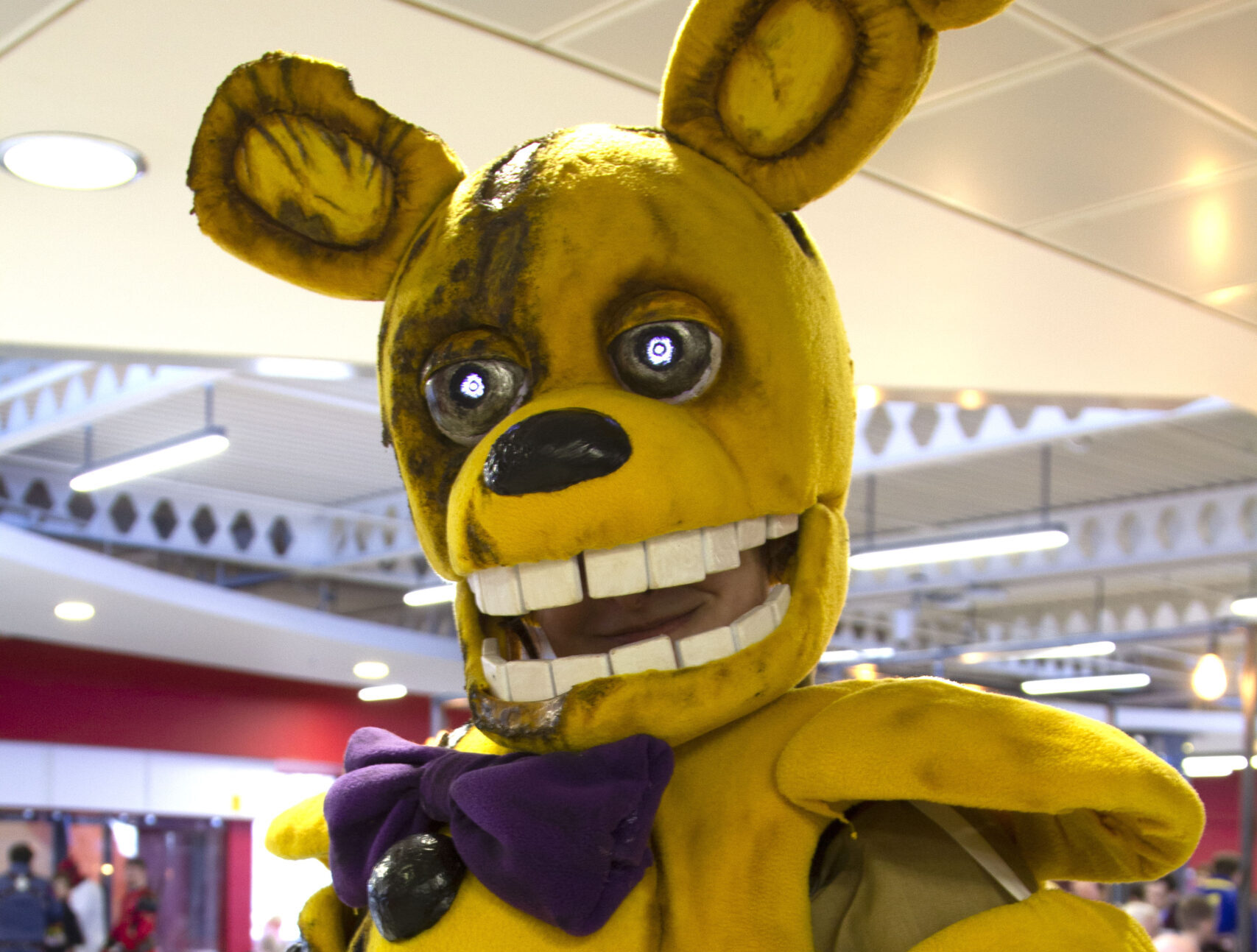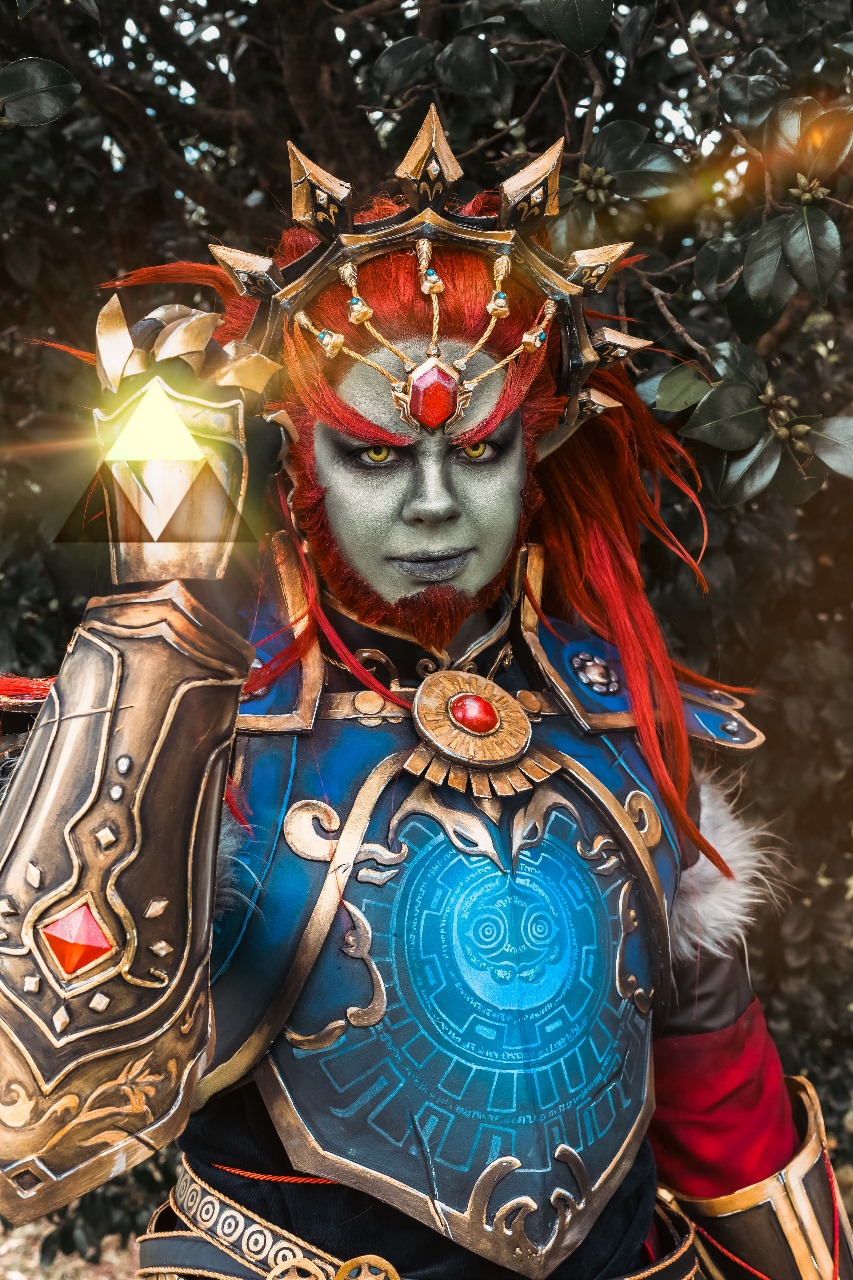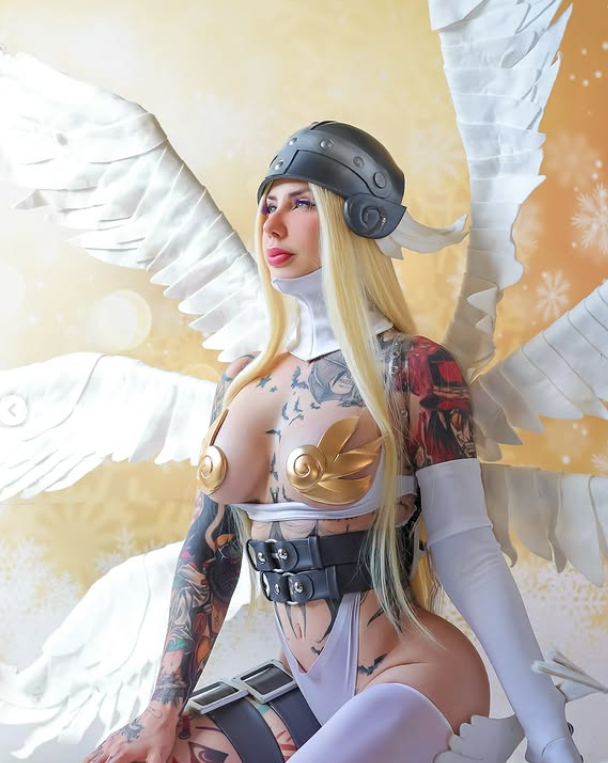At any nerd event, who hasn’t heard phrases like, ‘She only won because she’s wearing a sexy cosplay’ or ‘She only won because she’s a woman’? If you haven’t, throw the first wig. Beyond the ongoing issue of harassment against female cosplayers, situations where female cosplay contest winners are criticized for their gender or character choices have become increasingly common. But where do these comments come from? And worse—do they hold any truth?

The Basics
Cosplay contests are designed to promote and reward cosplayers within their local communities and, for those interested, on a global scale as well. With a set of pre-approved rules by the event, all contestants are judged based on one common criterion: fidelity to the character. A cosplayer’s goal is to bring their chosen character to life—not only in appearance but also through acting and behavior that fits the role. Contests prioritize this fidelity. Regardless of gender, what truly matters is staying as faithful as possible to the character.
So, Why Do These Comments Arise?
This is where the concepts of the male gaze and female gaze come into play.
These terms refer to how one gender views the other, shaped by their lived experiences and acquired perspectives. More specifically, the male gaze adopts a masculine viewpoint that often objectifies women, reducing them to ‘secondary characters.’ On the other hand, the female gaze centers women as protagonists, valuing their experiences and perspectives.
According to descriptions from TVTropes, the male gaze is often more visual, focusing on appearances, while the female gaze emphasizes explaining and giving depth to the characters’ actions and narratives.
How Does This Apply to Cosplay?
To better understand this dynamic, let’s delve into the nerd culture landscape. According to a 2023 study by Konvoy, 64% of cosplayers globally are female, while 36% are male. Additionally, a 2015 article in The Washington Post by Michael Cavna quotes Rob Salkowitz, who stated that audiences at the world’s largest pop culture event, San Diego Comic-Con, were split evenly by gender that year—50/50.
However, when you break down this audience, you notice disparities. Men dominate fields like comic books and video games, with representation between 55% and 60%, while women lead in areas like manga, anime, science fiction, and fantasy, with representation between 60% and 65%.
But who develops these media?
In the gaming industry alone, 70% of developers are men. While the presence of women as consumers of these products is increasing, they remain a minority in the creative space, which means that the characters in these games are often created by men.
In other words, the male gaze doesn’t just start in the audience at cosplay competitions. It is present in the creation of the media that the cosplayer will choose.
And in real life?
Suit Up, Girls! interviewed six cosplayers—four women and two men—ranging in age from 18 to 34 years old to understand how the male and female gaze, along with gender issues, apply in the real-life experiences of those in the community.

Some respondents believe that their gender does influence how they perceive other cosplayers.
“Obviously. Gender is a paradigm that permeates all of our social relationships.” – M
“Perhaps, as I identify with the female gender, I might appreciate female cosplayers more.” – F
“I believe so, especially since cosplay is a form of identity expression, and gender issues will always appear or influence this area.” – F
“Yes. Although I consider myself a trans man, I still have unresolved issues with my socialization, which was feminine throughout my life. For that reason, I tend to have a harsher view of female cosplayers. I feel that women are taught to compete with each other all the time, and it’s much easier to create rivalry between female cosplayers than between male cosplayers (and, in the latter case, it’s usually about the creative aspects of cosplay, like prop-making, rather than physical appearance).” – M
Do you think cosplayers adapt their costumes and performances to meet the expectations of a predominantly male or female audience? Or neither?
“I don’t think so, at least I’ve never noticed it.” – F
“Yes, I notice it when they perform in cosplay contests. They choose better costumes, sets, and scene interpretations to win over the audience.” – F
“Obviously.” – M
“I believe so, especially because of the sexualization of the female gender.” – F
“I believe adaptations based on gender always happen, but it doesn’t seem to me that there’s a predominant standard.” – F
“As a cosplayer, I always try to follow the original media faithfully, but I feel that, especially in terms of online content, the focus of posts is often what we call ‘thirst traps,’ or content focused on the sexualization of the cosplayer. This is because the consumer audience of many major media franchises (games, anime, etc.) tends to be associated with young men. It’s hard to think that, today, to have a profitable cosplay platform as a woman or someone aligned with femininity, you must either be extremely proficient in cosmaking or create adult-oriented content.” – M
Do you notice significant differences in the way men and women choose and interpret characters when creating their cosplays?
“Yes, I feel that many women still feel the need to sexualize or make a character cute because it seems like there’s no way out of it to gain views and notoriety. Meanwhile, men tend to go for armor and characters with broader personalities.” – F
“Yes, as I mentioned in one of the previous answers, most women want to interpret characters to sexualize them, while a minority of them do it to make it impactful and realistic, and men tend to focus on making the cosplay realistic or even ‘unique.’” – F
“Yes. Aesthetic pressures and structural sexism make women tend to self-sexualize to meet societal expectations of being beautiful, sexy, attractive.” – M
“I notice that most men are more courageous when it comes to doing cosplays that show parts of their bodies, while women have to be more careful when choosing what they wear, out of fear of being disrespected, harassed, or even discredited. Many cosplayers suffer from contempt or disbelief for choosing to cosplay female characters from fandoms with large male followings, accused of choosing the character to attract male attention or even facing harsher accusations.” – F
It’s possible to notice that the female opinions convey more certainty about a misogynistic view of their character choices, in addition to bringing up an old paradigm in the cosplay community: no matter what character you choose, the level of complexity and fidelity, someone will always look at your cosplay and judge your appearance, belittling your achievement. The pure male gaze.
But how does this happen, if a large part of the cosplay community is female? Simple, after so much time with this ingrained in the mind from various media, it becomes hard to detach from it, even if you are female. You grew up consuming these kinds of opinions, surrounded by them. Your perspective might have changed, but many others still remain in the comfort of their pre-fabricated opinions.
Or maybe not, since this article was written through the female gaze. After all, we are women in the cosplay world, we know how it is.




